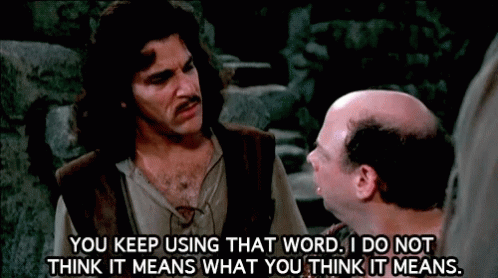How are you defining "functionality?" It's possible your definition and mine are not the same thing. That is the crux of this disagreement.
You seem to be under the impression that the limitations are imposed by California rather than self imposed restrictions derived from the application for approval.
Limitations designed to limit the potential costs for the liability that Mercedes has assumed in the event of an accident. They are near identical to the restrictions of the permits they received in Germany prior to their approval in California, with the lone deviation being the change from 60 km/h to 40 mph.
Drive Pilot operates under the following conditions:
-Clear lane markings
-On a pre-mapped highway
-Daytime
-In moderate to heavy traffic
-Under 40 mph
-There is no construction
-No rain or snow
-the driver is visible to the driver monitoring camera
Under those conditions the driver is allowed to shift their eyes from the road and the system will adjust its speed to follow traffic and stay in its lane. That's it. That is all that it does. It does not change lanes, it doesn't follow navigation if a lane change is required. It is an autonomous traffic jam driver. What qualifies it as a Level 3 system is that the driver can take their eyes off the road and the vehicle assumes all responsibility for operations of driving with no driver oversight. It has nothing to do with the complexity (aka capabilities, aka functionality) of operations it performs beyond the fact that the driver no longer has to pay attention.
That is where the liability aspect comes in. At level 3 the driver is no longer responsible for correcting the system when the system is active or paying attention to the road. The system has to notify the driver within a reasonable amount of time that they have to resume control (defined as about 10 seconds prior to responsibility shift).
If you think that lawmakers, insurance providers and the public are going to allow a driving system producer to tell a driver they are no longer responsible for monitoring the road without assuming the liability for an accident then you are high. And even if in the fictional future they do decide that the software developer doesn't retain liability for accidents (they won't), that has not yet been decided and operating as a level 3 system in that murky legal framework is exposing the developer to risk. The common sense of that liability absorption is why Mercedes claims liability in the event of an accident for their Drive Pilot system, because the inevitability is that they will and fighting it is bad for brand reputation.
By contrast, FSD can complete all operations for driving. It can change lanes, adapt speed, stay in its lane, follow navigation instructions etc. etc. without any driver input. It can do that on any road or in parking lots. Highway, city street, dirt road, lane lines no lane lines. Doesn't matter. It can be activated anywhere. What makes it level 2 is that while it is completing those operations without driver input the driver is responsible for monitoring its actions and correcting it in the event of an error. I am not saying it never requires correction, but rather that all actions necessary for driving are built into the system and every drive has a non-zero chance of having zero interventions.
I do not think most people would define Drive Pilot as having more functionality or capability than FSD, because it puts too much weight on whether or not the driver is responsible for intervening when defining functionality or capability. It is a level 3 system. The only capability or functionality it possesses that FSD does not is that in those extremely narrow set of circumstances the driver is allowed to remove their eyes from the road.
-A level 2 system can be as simple as a vehicle that can adjust its speed and stay in its lane.
-A level 2 system can be as complex as a vehicle that can do all the operations of driving with no driver input. It can be of such high quality that an intervention is only required once in a million miles. As long as the driver is required to keep their eyes on the road and take over operation in the event of an error the system is classified as level 2.
-A level 3 system can be as simple as a vehicle that can change its speed, and stay in its lane with the caveats that it be done in good weather, with good lane lines, in heavy traffic, at speeds under 10 mph on pre-mapped routes. As long as under those circumstances the driver is allowed to stop paying attention.
-A level 4 system can be as simple as a van that drives a 2 mile circuit on a one way road in a retirement community making the same periodic stops at the same locations, making the same turns and never exceeding 15 mph. Never interacting with a stop light, never interacting with a yield sign, never completing a left hand turn across traffic. The Derek Zoolander of autonomous vehicles. The characteristic that makes it a level 4 system is the passengers never have the responsibility to overtake operation of the vehicle.
-A level 5 system operates without conditions in all circumstances with no expectation of driver intervention.
They are not indicative of what tasks the system can complete without the human driver providing input. They are indicative of who is responsible for the operation of the vehicle while the software completes the tasks. Level 2 the human driver is always responsible, level 3 the driver is sometimes responsible, level 4 the "human driver" (if they can even be considered that anymore) is never responsible.






